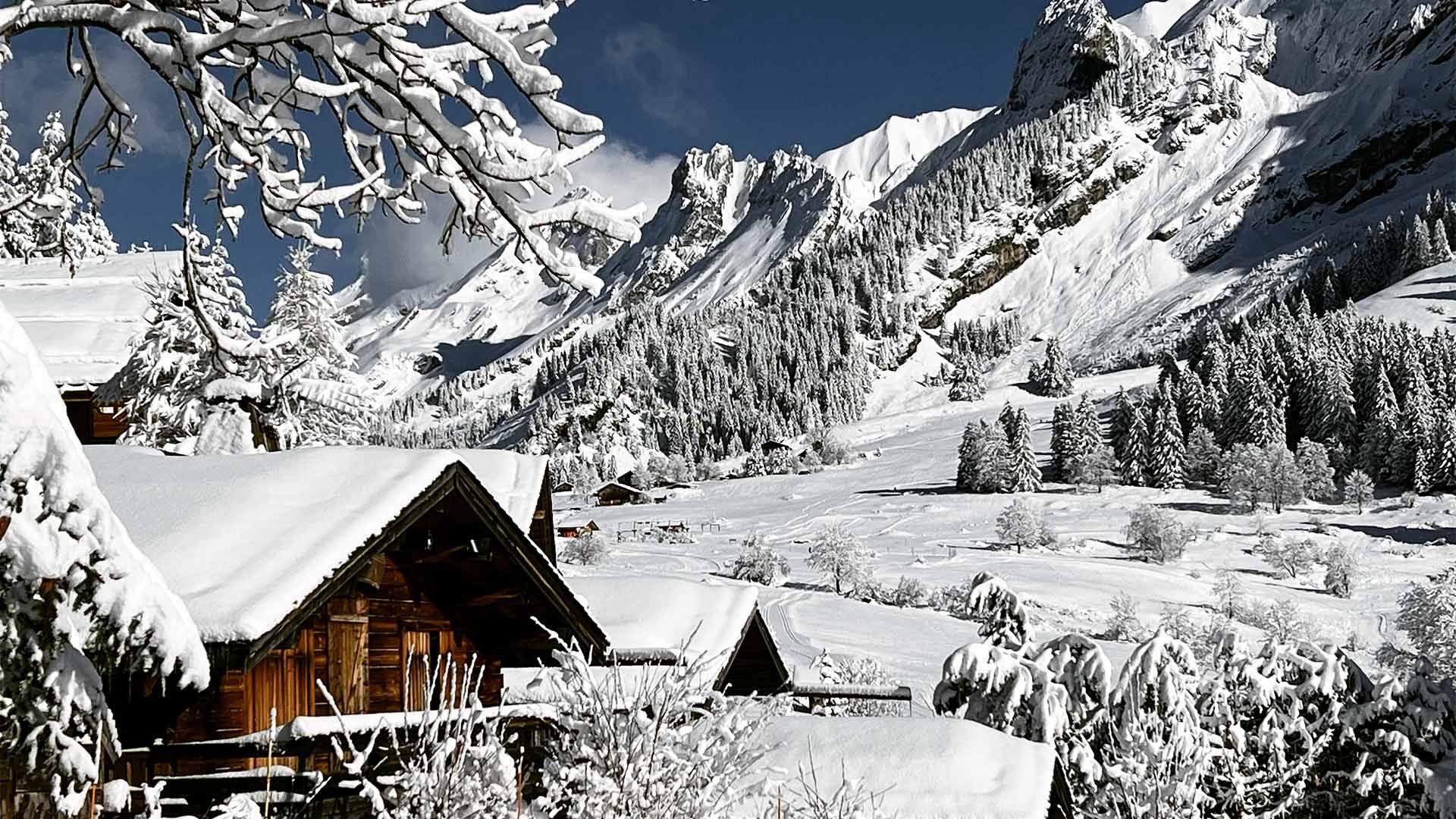
March 31, 2025
There are parts of Austria and Switzerland where skis are on the snow 365 days a year, and there are many others where the lifts roll between early December and late March. Most resorts are too mild for skiing in October, and others are too cold in January. But event planners have options to deliver unique experiences on the snow throughout the year.
Starting when the snow traditionally returns to the higher altitudes of the Alps, this is when the Austrian glaciers come into their own. The Austrians and Bavarians are motivated to start their seasons as soon as summer ends. The Austrian glaciers can offer skiing from September onwards. The resorts serving the glaciers, including Sölden, Innsbruck and Kaprun, are open and lively. Autumn days can be short and cold, and the terrain can be anywhere from restricted to the higher elevations to powder down to the valley car parks. The great ski rivals just to the west, the Swiss, are also busy enjoying themselves on the snow at this time of the year, with Zermatt often experiencing powder days on its sky-high slopes.
Several high-altitude, non-glacier ski resorts open in November. In addition to expanding operations in glacier skiing areas, these ski areas spread skiers and snowboarders over larger areas. Ski resorts such as Obergurgl and Ischgl open in Austria, Val d’Isère and Val Thorens in France offer glacier skiing, and Zermatt and Cervinia share the highest slopes in the Alps. Many of the mountain resorts also offer Christmas markets from November onwards, adding to the buzz of the villages.

December onwards represents the traditional ski season across the Alps such as the stunning ski resort of La Clusaz. Pretty villages, ski-in, ski-out hotels and bustling streets are the norm from December onwards. Those brave enough to venture high onto the glaciers usually find several weeks of sparsely populated slopes. The cold can be challenging, but there is often excellent snow and dramatic conditions. January is the traditional focus for corporate ski trips with greater accommodation availability and favourable prices. December is an often-overlooked month for corporate ski trips, yet conditions can be excellent, slopes less busy and Christmas markets in full swing. As a substitute for a Christmas party in a city, a December corporate ski event can be a memorable experience.
Spring days are often long and warmer, and March represents the second peak of the corporate ski trip calendar. All traditional ski resorts are open and the weather can deliver everything from knee-deep powder to T-shirts or terraces. Powder snow is common in these months but the window for quality, light snow is shorter as stronger sunlight often April sees the closure of some of the lower, smaller ski areas, yet ski regions such as the Arlberg and Les 3 Vallées are in their prime, with busy hotels and resorts. Glacier skiing above resorts such as Val d’Isère, Zermatt, Cervinia and Sölden can be incredible, with strong sun and lower, high-altitude temperatures. Expect DJ festivals on the spring snow in many areas.
Resorts such as Ischgl and Obergurgl in Austria often close at the start of May, but ski areas such as Zermatt, Cervinia, Innsbruck (Stubai Glacier), Sölden and Kaprun are still offering skiing. Depending on the prevailing weather, conditions can be best for morning skiing, but powder days aren’t unusual.
This is the preserve of the highest, glacial slopes in the Alps. The Hintertux Glacier offers skiing 365 days a year on its slopes beneath the iconic Olperer peak. The year-round resort of Mayrhofen is the ideal base for summer skiing, with plenty to do in the summer sunshine and within reach of the snow to the south. Zermatt is another resort where you can ski year-round, with access to the highest slopes in the Alps. Cervinia shares access to this high-altitude terrain and offers summer skiing, although not 365 days per year.
Corporate ski events can be arranged at any time of the year, and dates outside of the peak corporate ski event windows of January and March offer the chance to combine skiing and snowboarding with other mountain activities, like golf, sailing, hiking or relaxing in a spa.